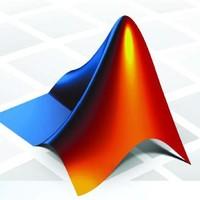The ubiquity of personal digital devices offers unprecedented opportunities to study human behavior. Current state-of-the-art methods quantify physical activity using 'activity counts,' a measure which overlooks specific types of physical activities. We proposed a walking recognition method for sub-second tri-axial accelerometer data, in which activity classification is based on the inherent features of walking: intensity, periodicity, and duration. We validated our method against 20 publicly available, annotated datasets on walking activity data collected at various body locations (thigh, waist, chest, arm, wrist). We demonstrated that our method can estimate walking periods with high sensitivity and specificity: average sensitivity ranged between 0.92 and 0.97 across various body locations, and average specificity for common daily activities was typically above 0.95. We also assessed the method's algorithmic fairness to demographic and anthropometric variables and measurement contexts (body location, environment). Finally, we have released our method as open-source software in MATLAB and Python.
翻译:个人数字装置的普遍存在为研究人类行为提供了前所未有的机会。目前最先进的方法用“活动计数”来量化体育活动,这一方法忽略了特定类型的体育活动。我们建议了分秒三轴加速计数据的步行识别方法,其中活动分类基于行走的内在特征:强度、周期和持续时间。我们验证了我们的方法,对照20个公开可得的、关于在不同身体地点(高、腰、胸、手臂、手腕)收集的行走活动数据附加说明的数据集。我们证明,我们的方法可以高度敏感和具体地估计行走时间:不同身体地点的平均敏感度介于0.92和0.97之间,普通日常活动的平均特性通常高于0.95。我们还评估了方法对人口和人体测量变量和测量背景(身体位置、环境)的算法公平性。最后,我们在MATLAB和Python公布了作为开放源码软件的方法。




